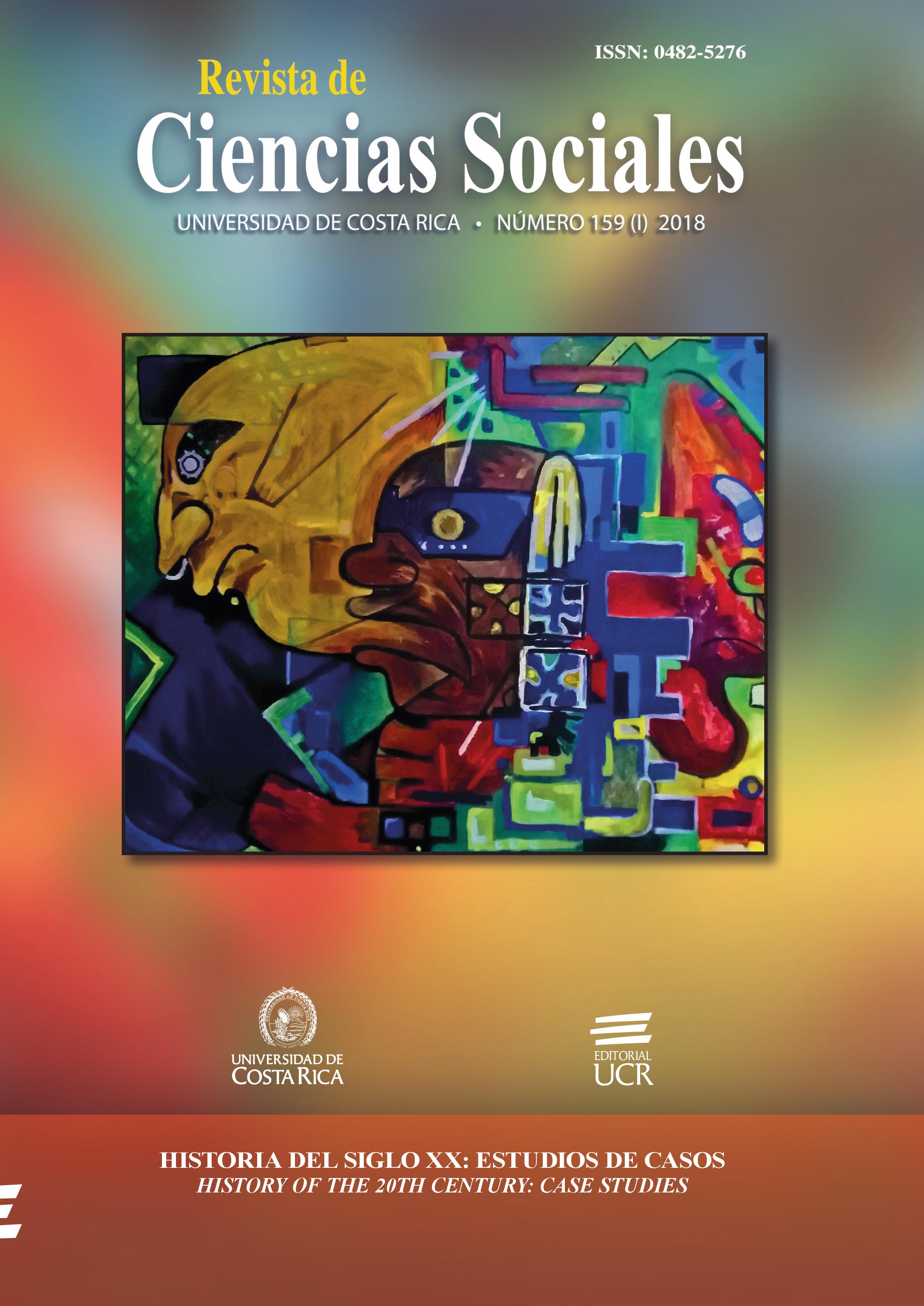Resumen
En este artículo se busca aportar a una problematización histórica de los procesos de construcción de los sistemas de protección de la infancia en América en la primera mitad del siglo xx. Se basará en la revisión y sistematización de una serie de estudios nucleados en el Boletín del Instituto Internacional Americano de Protección de la Infancia entre los años 1927 y 1949, los cuales hacen parte del circuito de visiones dominantes que sitúan a la infancia y la familia en el centro del debate respecto al desarrollo y la modernización en América. Específicamente, se trata de un conjunto de producciones creadoras de normas e imágenes culturales que informan las metáforas utilizadas para definir e intervenir sobre las infancias y familias de clases populares y que forman parte de la construcción de un modelo específico de ciudadanía en la región.


